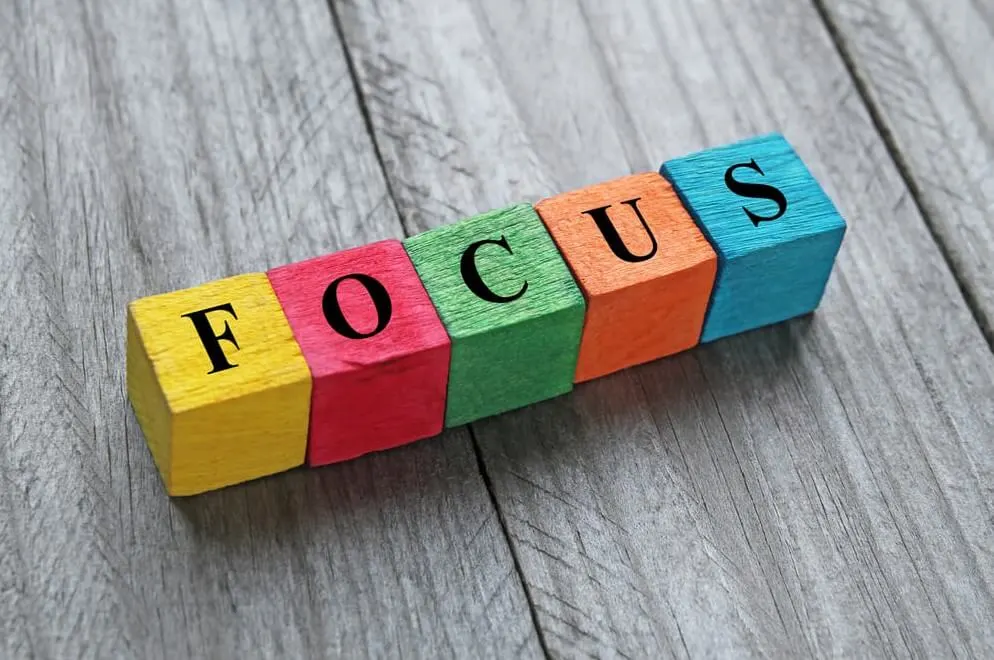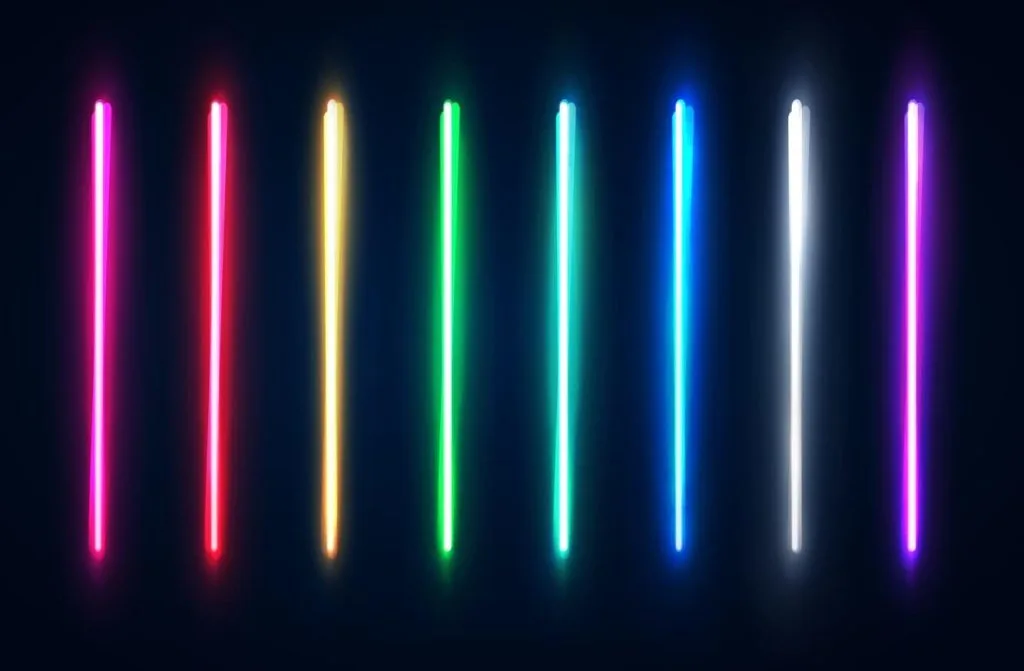Colors add beauty to the world, but did you know that they can also hugely affect your focus?

There are many different ways in which colors influence our lives. We decide which product we will buy based on the color of its packaging.
We use colors to decorate our homes and choose the color of our clothes depending on how we feel.
Even without any scientific proof, you can safely conclude that colors play an important role in your life.
Plus, there’s a pile of different scientific research describing how different colors influence our health and mood in detail.
Can the Color of Led Light Improve Your Focus?

When choosing and buying LED lighting, in addition to the lamps’ shape, strength, type, and purpose, it is important to pay attention to the color temperature of the light they emit.
Correctly selected light color temperature in accordance with the room’s needs to be lit directly affects the impression of a space, its functionality, the visual comfort of people, and their productivity.
That is why it is important to know what the color temperature of light is, how color temperature is indicated, and the recommendations and standards regarding the selection of light color.
Unlike classic incandescent lighting, which primarily gives warm light (which leans towards the yellow spectrum), when it comes to LED sources, the color of the light varies from warm to cool.
The color of light in LED lamps usually ranges from 2700 K to 6500 K.
All colors up to 3500 K are considered warm white (they emit light that is more in the yellow spectrum), colors from 3500 K to 5500 K are considered neutral, while colors over 5500 K are said to be cool (they emit light more in the blue spectrum that corresponds to daylight during most of the day).
You will never go wrong if you choose the natural color of LED lighting.
You can install this type of lighting at any time and in any room. So, whenever you have a dilemma about what color the lighting should be, it’s always best to go with the most natural one.
This kind of color choice suits our eyes the most.
How to Choose The Color of the LED Bulbs
Which color you will use depends mostly on personal preferences.
These are some of the recommendations depending on the purpose of the space to be lit:
- Warm white bulbs – are recommended for home lighting, they have a pleasant warm light identical to classic bulbs, so they are especially suitable for the living room or bedroom.
- Neutral white colors – suitable for business premises and work rooms, they create a little more light than warm bulbs, and due to their neutral color, they strain the eyes less during work.
- Cool white colors (daylight) – great for reading and working with documents, recommended for lamps and office spaces, and also popular for window lighting.
So, if you want to enhance your focus, cool white colors that resemble daylight the most are the best choice.
You can buy a cool white colored led bulb to put in your work lamp while you leave the regular light bulb in the rest of the space.
Using Colors To Maximize Your Focus

Green is already well-known to be the retina’s friendliest color. As a result, it offers the ideal option for sustained attention and concentration.
The truth is that studies have shown that students exposed to a view of a green roof following a taxing activity made far fewer errors and had better overall attention than those exposed to a view of a concrete roof.
Additionally, studies have demonstrated that the color green enhances reading skills.
In a different study on cognitive function, blue was found to increase participants’ creativity and capacity for original thought.
It is said that the association, or link with the sky and water, makes the subjects calmer and more receptive to creativity and exploration.
Additionally, blue is frequently linked to increased productivity. Therefore, it would be beneficial to utilize blue in a learning atmosphere, especially if challenging subjects are taught or where children and students frequently encounter stressful situations while studying.
However, we should also consider a few warmer tones on the other side of the color wheel to prevent the color scheme from becoming overly monochromatic.
Using shades of yellow, orange, and red along with blue and green may assist in creating a more vibrant and upbeat environment.
In terms of focus:
- Red has been demonstrated to sharpen focus on finer details.
- Orange is said to transmit a sense of welcome and uplift the spirit, which in turn enhances mood and enhances neurological functioning. It is also thought orange improves the brain’s oxygenation. Consequently, it is advised to utilize it in test rooms to motivate students and learners.
- The color yellow boosts enthusiasm, creativity, and focus.
In Conclusion
As you may have inferred from the information we provided, it is advised to utilize bolder colors sparingly.
Instead of painting full walls red, which may result in emotions of anguish, it is always preferable to add accents of color to floors, walls, paintings, furniture, and décor to improve attention and mood.
